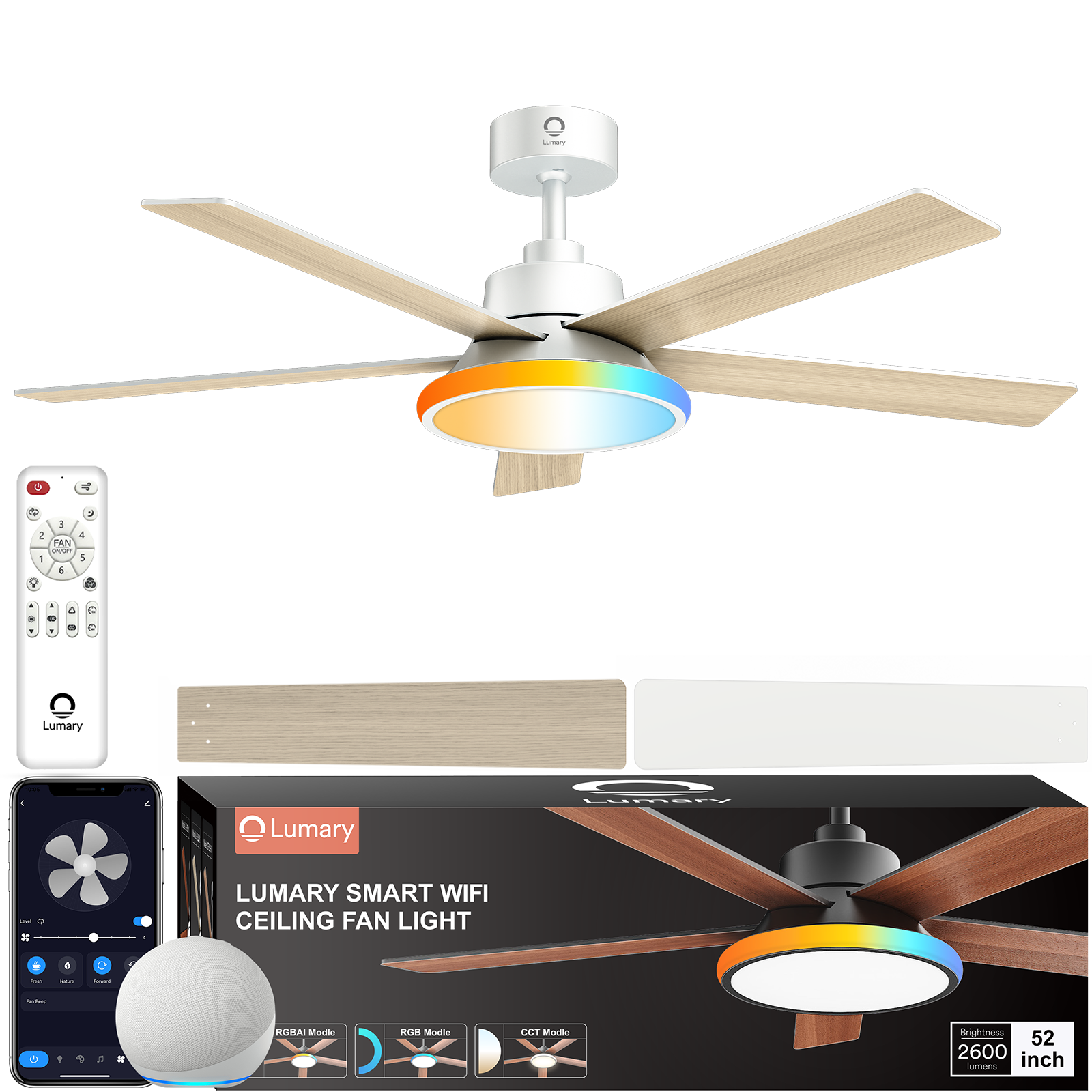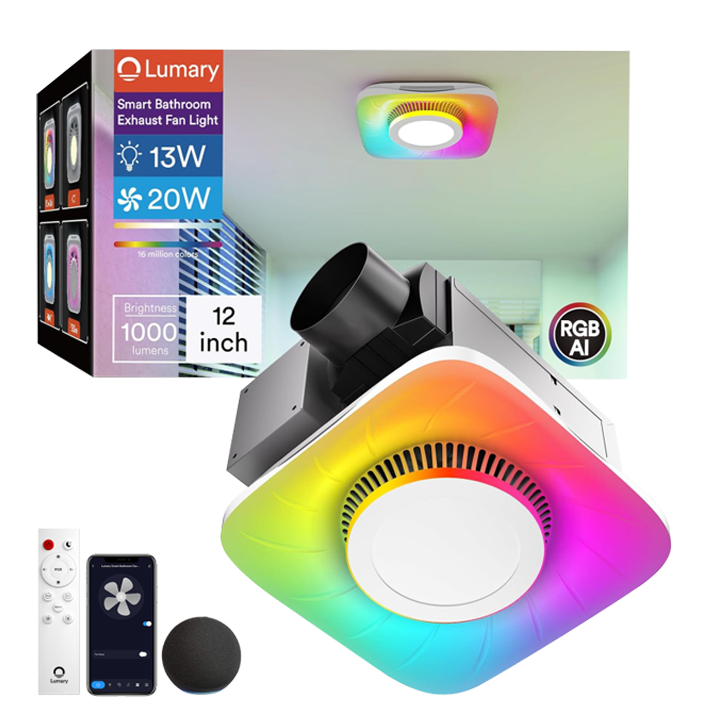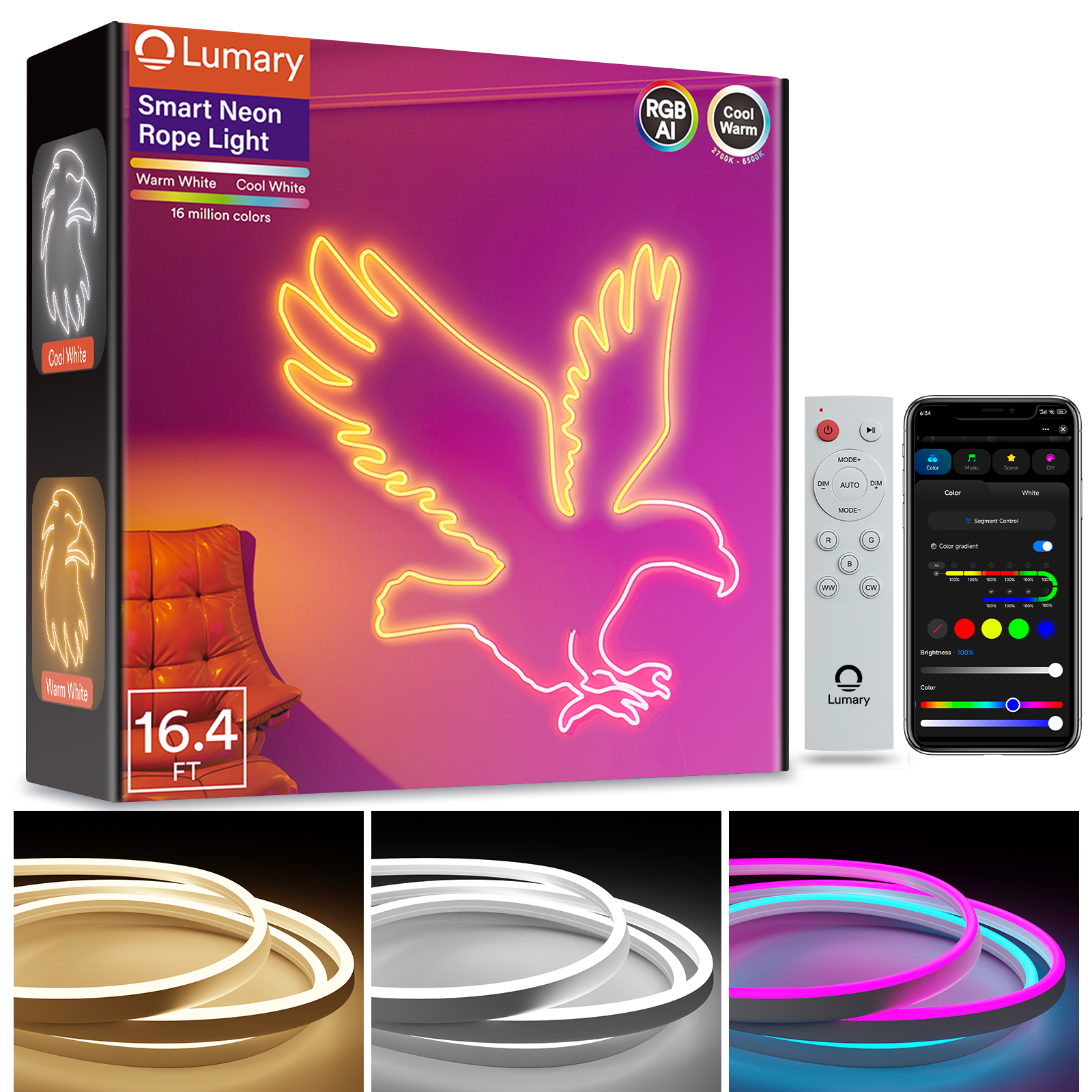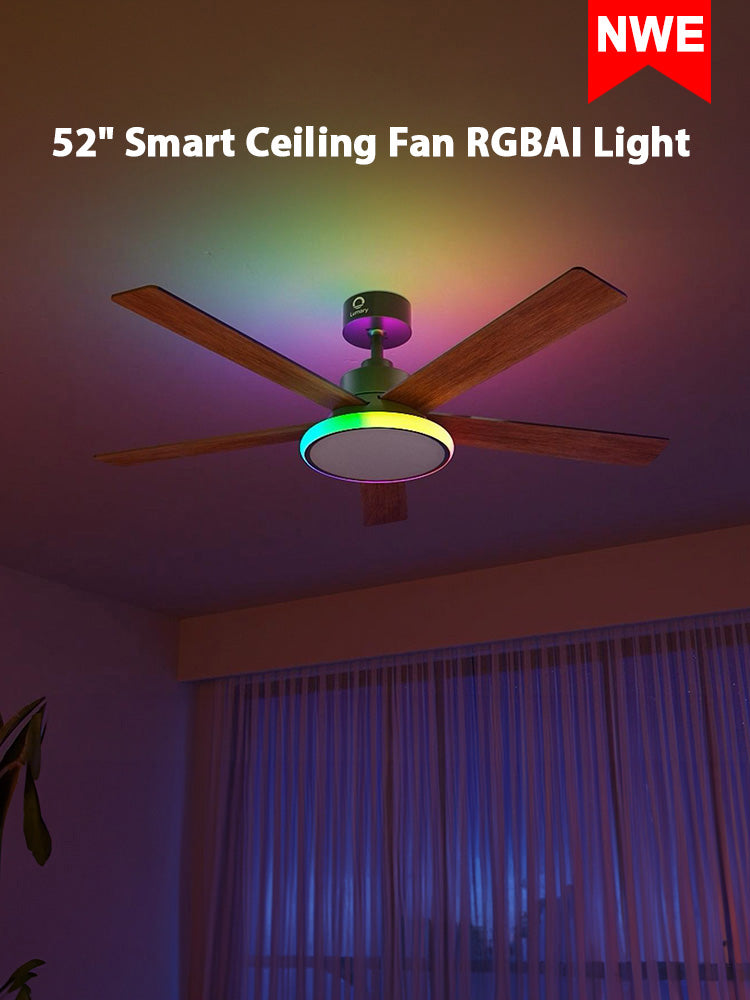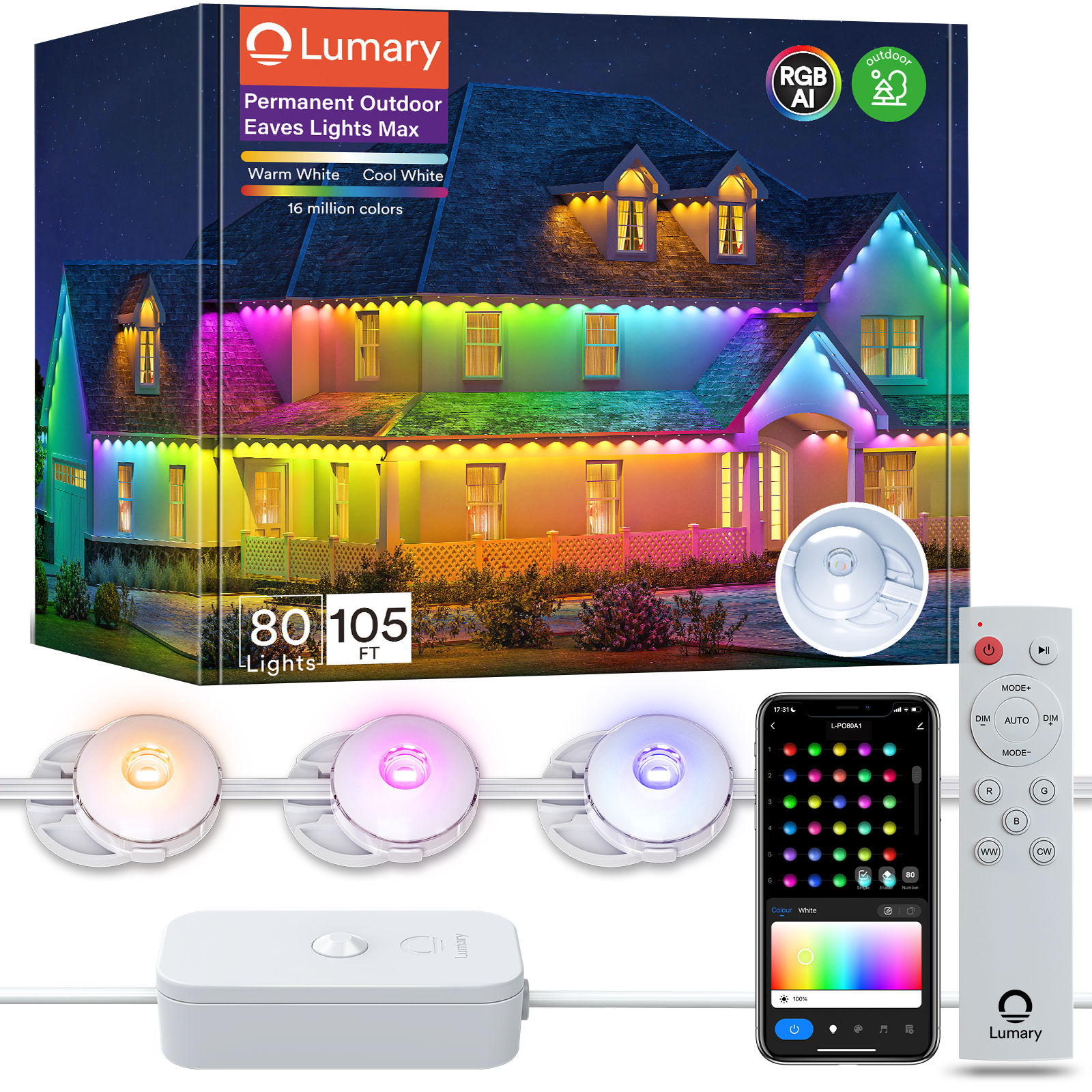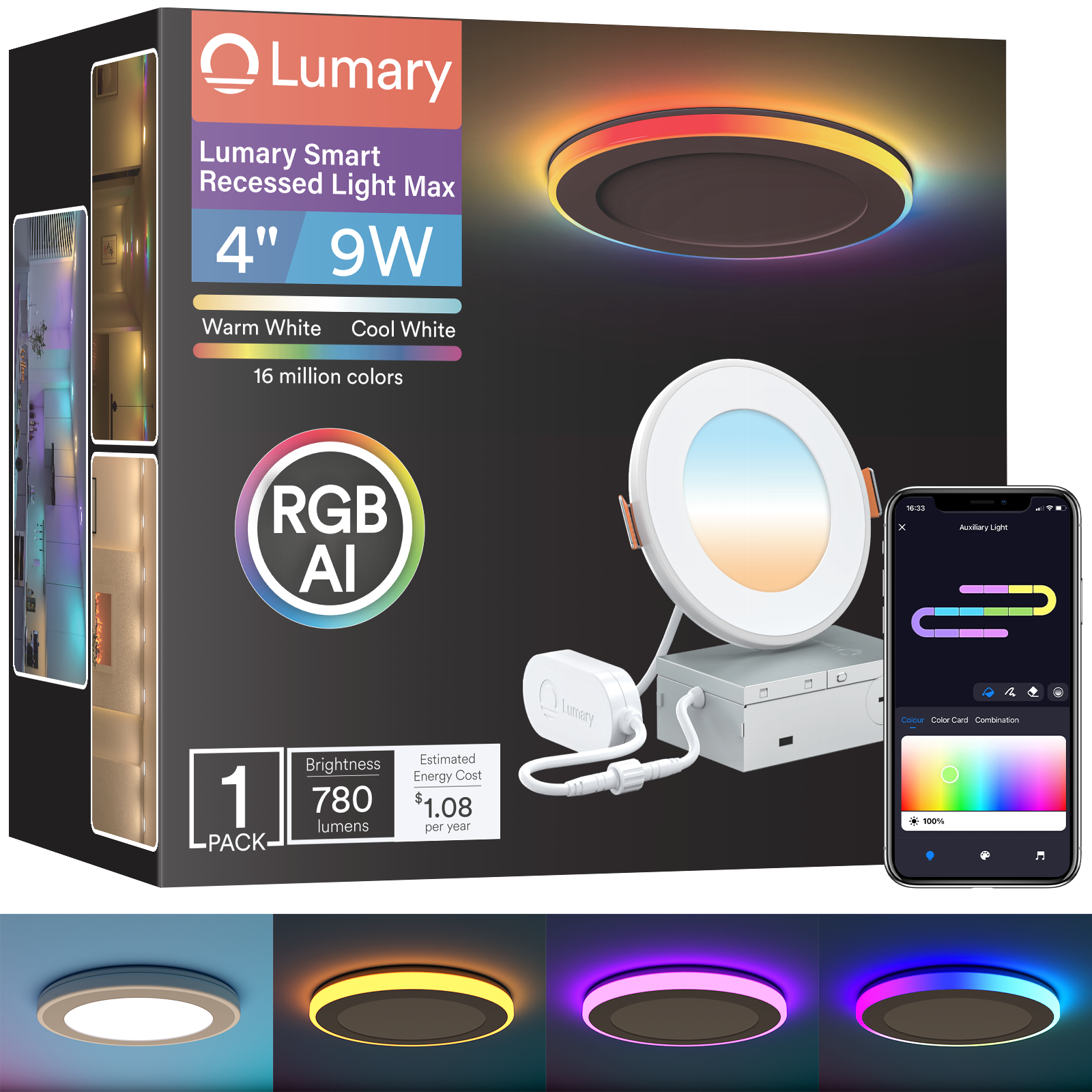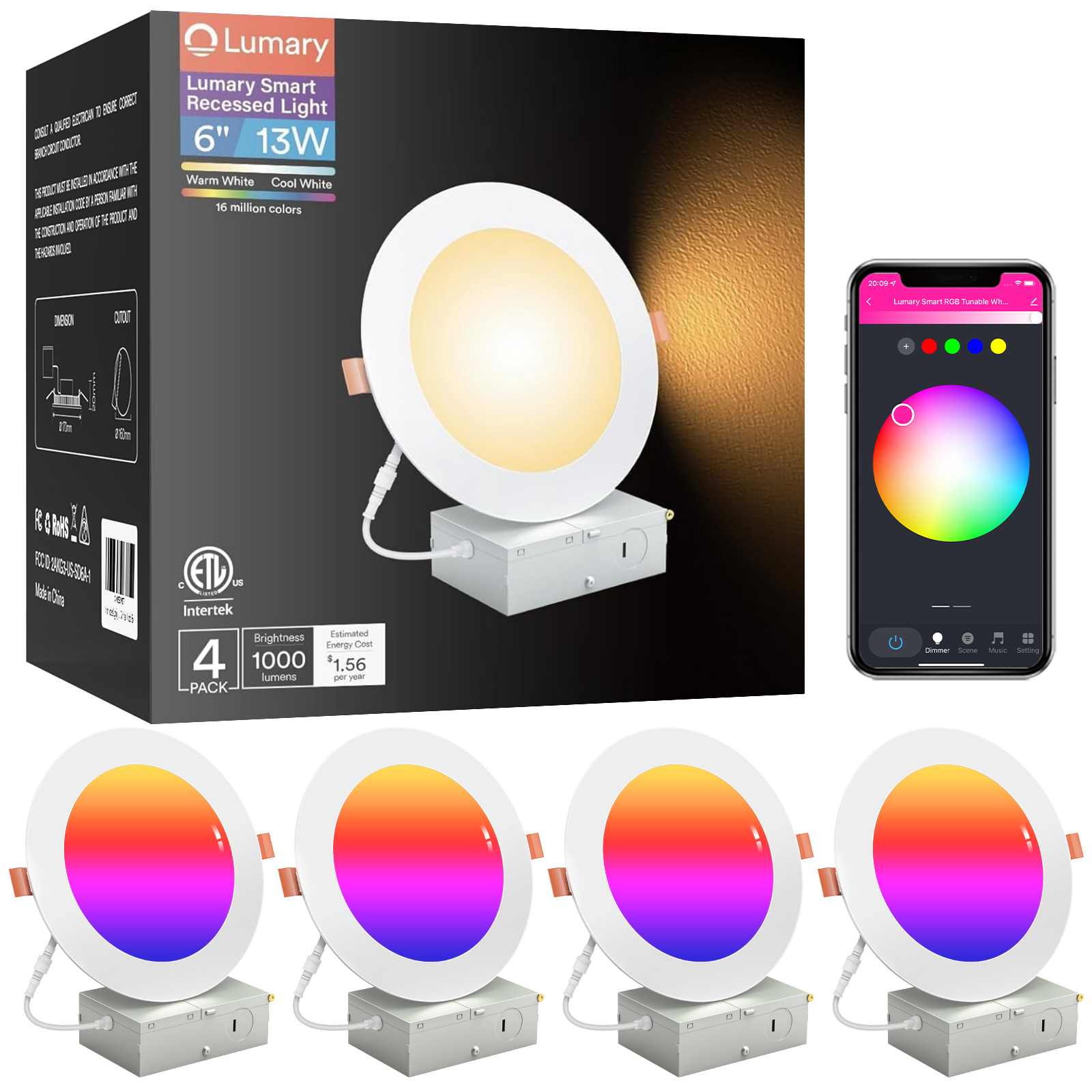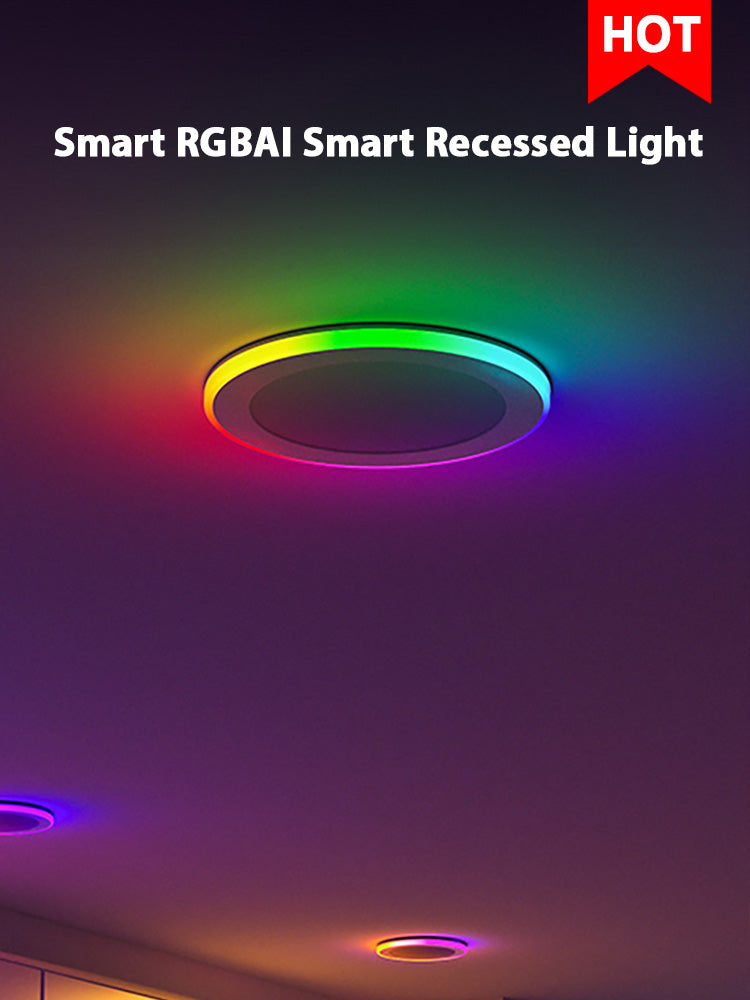When you choose a ceiling fan, you want comfort and efficiency in your space. The right ceiling fan cools your room, saves energy, and even helps with heating in winter. You need to match the fan’s size and features to your room’s dimensions and ceiling height. Selecting the right ceiling fan can make your home feel more comfortable all year. If you focus on choosing a ceiling fan that fits your needs, you can enjoy better airflow and lower energy bills.

Key Takeaways
-
Measure your room size first to pick a ceiling fan that fits well and moves air efficiently.
-
Choose a fan size and airflow (CFM) that match your room to get the best comfort and save energy.
-
Mount your fan at the right height—usually 8 to 9 feet above the floor—for safety and optimal airflow.
-
Look for energy-efficient fans with quiet motors and features like reversible blades and LED lights to lower bills.
-
Pick a fan style and controls that match your room’s decor and your lifestyle for both comfort and beauty.
Choosing the Right Size Ceiling Fan
Measure Your Room
Before you pick a ceiling fan, you need to know the size of your room. Grab a tape measure and check the length and width of your space. Multiply these numbers to get the square footage. For example, if your room is 12 feet by 14 feet, you have 168 square feet. This number helps you find the right ceiling fan size for your needs.
Tip: Always measure a room for a ceiling fan before you shop. This step makes sure you get the best fit and the most comfort.
Here’s a quick table to help you match your room size to the recommended fan diameter:
|
Room Size (sq. ft.) |
Recommended Fan Diameter (inches) |
|---|---|
|
Up to 75 |
29–36 |
|
76 to 144 |
42–48 |
|
145 to 225 |
50–54 |
|
226 to 400 |
56 or larger |
If you have a larger space, like a great room or an open floor plan, you may need a fan with a blade span over 62 inches. Always size the fan to your room for the best results.

Fan Size by Room Area
Choosing the right size ceiling fan depends on your room’s square footage. A small bedroom or bathroom needs a different fan than a big living room. The ceiling fan size guide below shows you how to match your space to the right fan:
|
Room Size (sq. ft.) |
Room Type Examples |
Recommended Fan Blade Span (inches) |
Recommended CFM Range |
|---|---|---|---|
|
Under 144 |
Bathrooms, Small Bedrooms, Utility Rooms |
Under 42" |
1,000 – 3,000 |
|
144 – 225 |
Medium Bedrooms, Kitchens, Dining Rooms |
44 – 50" |
1,600 – 4,500 |
|
225 – 400 |
Master Bedrooms, Family Rooms, Small Garages |
Over 50" |
2,300 – 6,500 |
|
Over 400 |
Great Rooms, Large Garages, Open Floor Plans |
Over 62" |
5,500 – 13,500 |
When you choose the right ceiling fan size, you get better air circulation and comfort. If your fan is too small, it won’t move enough air. If it’s too big, it might feel too breezy or look out of place. Use this ceiling fan size guide to make sure you get the right fit.
Airflow and CFM
CFM stands for cubic feet per minute. This number tells you how much air your ceiling fan moves. The higher the CFM, the more air circulation you get. For most rooms, you want a fan that gives you optimal airflow without using too much energy.
Here’s a table to help you pick the right CFM for your room:
|
Room Size (sq. ft.) |
Recommended Ceiling Fan CFM |
|---|---|
|
Less than 200 |
2,000 – 3,000 |
|
200 – 300 |
3,000 – 4,000 |
|
300 – 450 |
4,000 – 6,000 |
|
More than 450 |
5,000 – 9,000 |
When you measure a room for a ceiling fan, check both the size and the CFM rating. Proper sizing and CFM ratings help you get optimal airflow and save energy. Studies show that the right CFM can boost comfort and make your heating and cooling systems work better. Good air circulation also helps keep your room fresh and comfortable.
Note: If you plan to use your ceiling fan in a space with high ceilings or lots of furniture, you might want to choose a fan with a higher CFM. This helps the air reach every corner of the room.
Choosing the right size ceiling fan is the first step to better comfort and energy savings. When you follow these tips, you’ll enjoy great air circulation and a cooler, more efficient home.
Ceiling Height and Mounting
Choosing the right mounting style and installing your ceiling fan at the correct height makes a big difference in comfort and safety. Let’s break down what you need to know.
Mounting Types
You have a few options when it comes to mounting a ceiling fan. The best choice depends on your ceiling height and the layout of your room.
|
Mounting Type |
Best For Ceiling Height |
Clearance from Ceiling |
Blade-to-Floor Clearance |
Pros |
Cons |
|---|---|---|---|---|---|
|
Flush Mount (Hugger) |
Under 8 feet |
6–10 inches |
At least 7 feet |
Saves space, modern look |
Less airflow, closer to ceiling |
|
Standard Mount |
8–9 feet |
12–14 inches |
At least 7 feet |
Good airflow, versatile |
Not for low ceilings |
|
Extended Downrod |
Over 9 feet |
Customizable |
At least 7 feet |
Great for high ceilings, adjustable |
Needs more installation steps |
Flush mount fans, also called hugger fans, sit close to the ceiling. These work best if your ceiling height is less than 8 feet. Standard mount fans use a short downrod and fit ceilings that are 8 to 9 feet high. If you have a tall or vaulted ceiling, you’ll want an extended downrod to bring the fan down to the right level.
Tip: Always keep the fan blades at least 7 feet above the floor for safety. This helps prevent accidents and keeps the air moving well.
Optimal Fan Height
You might wonder how high your ceiling fan should hang. The answer depends on both safety and airflow. Most experts recommend installing your fan so the blades are between 8 and 9 feet above the floor. This range gives you the best mix of comfort and efficiency.
-
The National Electrical Code says you need at least 7 feet from the floor to the fan blades.
-
For the best airflow, aim for 8 to 9 feet above the floor.
-
If your ceiling is low, use a flush mount to keep the blades high enough.
-
For high ceilings, use a downrod to lower the fan to the optimal height.
Here’s a quick chart to help you determine the height of a ceiling fan:
|
Parameter |
Guideline |
|---|---|
|
Minimum blade-to-floor clearance |
7 feet |
|
Ideal blade-to-floor clearance |
8–9 feet |
|
Minimum blade-to-ceiling clearance |
8 inches |
|
Minimum blade-to-wall clearance |
18–30 inches |
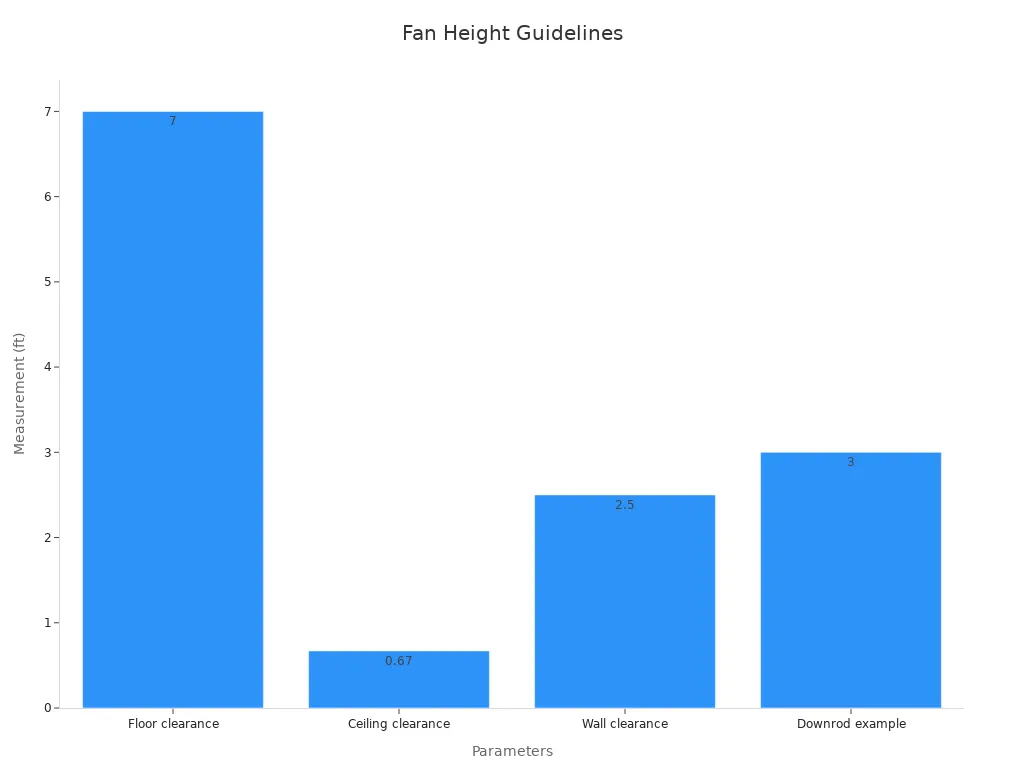
Note: Always install your ceiling fan in the center of the room. Keep the blades at least 18 inches from any wall or sloped ceiling. This helps the fan move air evenly and keeps your space safe.
Downrods for High Ceilings
If your room has a high or vaulted ceiling, you need a downrod. Downrods are metal tubes that lower the fan from the ceiling to the right height. They help you determine the height of a ceiling fan so you get the best airflow and comfort.
Here’s how downrods help:
-
Downrods let you position your ceiling fan at the optimal height, even in rooms with tall ceilings.
-
They make sure the fan blades stay at least 8 inches from the ceiling and 18 inches from the walls.
-
Fans with downrods run more smoothly and last longer because they stay stable and don’t wobble.
-
The Department of Energy recommends using downrods for ceilings 8 feet or higher to keep your fan working efficiently.
To figure out the right downrod length, subtract 8 feet from your ceiling height. Add about 1 foot for the fan’s motor and casing. For example, if your ceiling is 12 feet high, you’ll want a downrod that’s about 3 to 4 feet long. This will help you determine the height of a ceiling fan that works best for your space.
Remember: Using the right downrod not only improves airflow but also keeps your ceiling fan safe and quiet.
When you match your mounting type and fan height to your room, you get better comfort, safer operation, and more energy savings. Take a few minutes to measure and plan—your room will feel cooler and more comfortable all year.
Ceiling Fan Features
Motor and Blades
When you pick a ceiling fan, you want to look at the motor and blades first. The motor powers the fan and affects how much energy you use. You can choose between AC and DC motors. DC motors use less power and run quieter than AC motors. They also let you control the speed better, which helps you save energy and enjoy quiet nights.
Here’s a quick table to compare AC and DC motors:
|
Feature |
DC Motor Fan |
AC Motor Fan |
|---|---|---|
|
Power Use |
Lower (about half) |
Higher |
|
Noise |
Quieter |
Louder |
|
Speed Control |
More precise |
Less precise |
|
Energy Efficiency |
Higher |
Lower |
Blades matter too. The number, shape, and pitch of the blades change how well your fan moves air. Fans with three or four blades use less energy and make less noise. Five-blade fans give smoother air circulation but may use more power. Blades with a pitch angle between 12 and 15 degrees give you optimal cooling without wasting energy.
Tip: Look for fans with aerodynamic blades. These move air better and help you save energy.
Energy Efficiency
If you want to save energy, check for energy efficiency and features like reversible motors and LED lights. ENERGY STAR fans meet strict standards and use up to 75% less energy than regular fans. Fans with brushless DC motors often beat these standards and help you lower your bills.
-
ENERGY STAR fans must move at least 2 cubic meters of air per minute for every watt they use.
-
Some fans with advanced motors reach 90% efficiency, while older models may only reach 75%.
-
Reversible motors let you use your fan in winter to push warm air down, so you save energy all year.
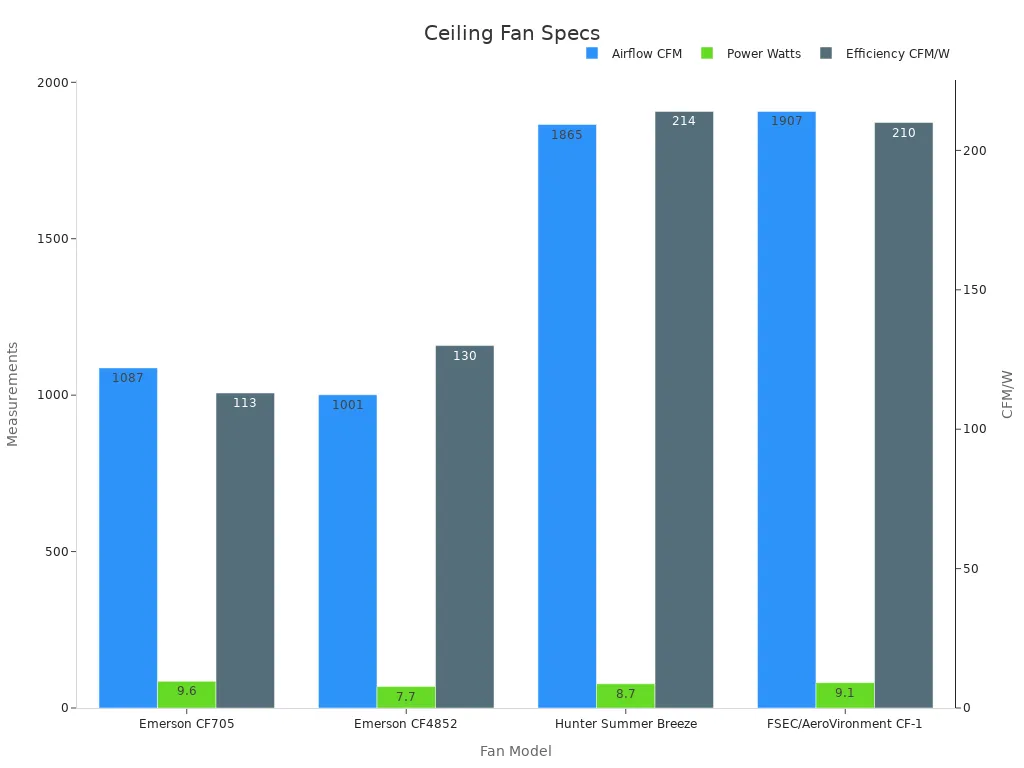
Lighting Options
Many ceiling fans come with built-in lights. You can choose from LED, CFL, or halogen bulbs. LED lights use less power and last longer, so you save energy and money. Some fans let you dim the lights or change the color to match your mood. If you want a fan for your bedroom, look for quiet operation and soft lighting for a relaxing feel.
A ceiling fan with the right energy efficiency and features will give you better air circulation, lower bills, and a more comfortable home. Pick the best options for your space, and you’ll enjoy optimal cooling all year.
Style and How to Choose a Ceiling Fan
Match Room Decor
You want your ceiling fan to look as good as it works. Designer approved ceiling fans come in many colors, finishes, and shapes. You can pick wood blades for a cozy, natural feel or go with metal for a modern look. Glass and plastic blades add a unique touch. Try matching the fan’s finish to your room’s hardware or light fixtures for a pulled-together style.
A recent survey shows that 62% of homeowners care most about how a fan looks. In fact, 37% say style is their top reason for buying a fan. Open-concept homes make fans even more visible, so picking the right design matters. Here’s a quick look at what people want:
|
Design Element |
What People Like |
|---|---|
|
Blade Materials |
Wood, metal, glass, plastic |
|
Mounting Types |
Flush, downrod, angle |
|
Controls |
Remote, smart home, wall switch |

Designer approved ceiling fans are now a top choice for living rooms and bedrooms. They help set the mood and make your space feel special. If you want more ceiling fan styling tips, try matching the fan color to your walls or picking a bold finish for a pop of style.
Controls and Smart Features
Modern ceiling fans do more than spin. You can get remote controls, wall switches, or even smart features. Many fans now work with your phone or voice assistant. Smart controls let you set schedules, change speeds, or turn on lights without getting up. Studies show that smart fans keep you just as comfortable as manual ones, and they keep air quality steady in every season.
People love the convenience of smart features. You can use your phone to adjust the fan or set it to turn off when you leave the room. If you want more ceiling fan styling tips, look for fans with hidden controls or sleek remotes for a clean look.
Maintenance Tips
Keeping your ceiling fan clean helps it last longer and work better. Dust the blades every few weeks with a soft cloth. For a deeper clean, use mild soap and water. Check the screws and tighten them if the fan wobbles. Change the light bulbs as needed. If you have a smart fan, update the app or firmware to keep features running smoothly.
Tip: Clean your fan before allergy season starts. This keeps dust from spreading in your home.
With these tips, you can enjoy your designer approved ceiling fans for years. A little care goes a long way!
When you start choosing a ceiling fan, focus on four things: size, mounting, features, and style. Pick the right size for your room, mount it at the best height, and look for energy-saving features. Match the fan’s look to your space. Smart fans and proper use help you feel comfortable and save energy.
Remember, raising your thermostat while using a fan keeps you cool and cuts costs. You can enjoy comfort and efficiency all year.
FAQ
How do I know if my ceiling fan is spinning the right way?
You want your fan to spin counterclockwise in summer. This pushes cool air down. In winter, switch it to clockwise. That helps move warm air around the room.
Can I install a ceiling fan by myself?
You can install a ceiling fan if you feel comfortable with basic tools and wiring. Always turn off the power first. If you feel unsure, call a licensed electrician for help.
What should I do if my ceiling fan wobbles?
Check that all screws and blades are tight. Make sure the fan sits level. You can use a balancing kit if needed. A steady fan works better and lasts longer.
Do ceiling fans help lower energy bills?
Yes! Ceiling fans let you feel cooler, so you can raise your thermostat a few degrees. This saves energy and money. In winter, use the reverse setting to push warm air down.


